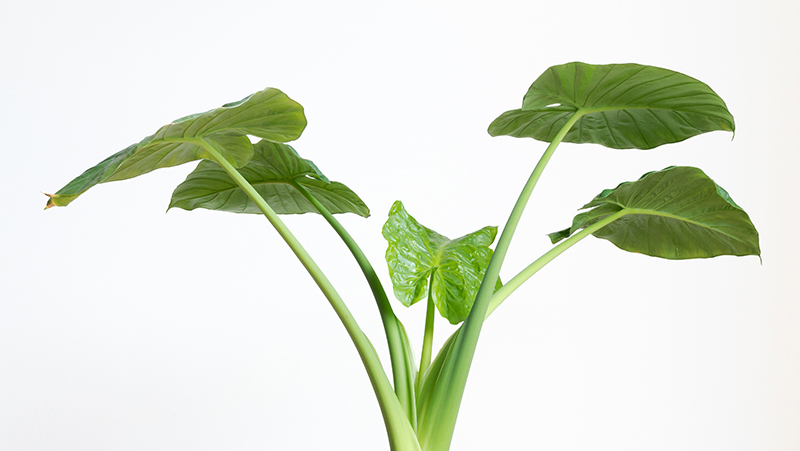Yates Account
Join now
Create a Yates account today!
Sign up to join the Yates Garden Club for monthly e-mails packed with seasonal inspiration, tips for success & exclusive promotions.
Plus if you’re a Garden Club member you can take part in the Yates Growing Community - a blog to share successes, get advice & win prizes in fun challenges along the way!

Forgot password
Enter the email address associated with your account, and we'll email you a new password.

How to grow elephant ears in a pot
- Choose a pot at least twice the size of the original pot. Position in a well-lit indoors, but away from direct sunlight.
- Partially fill your chosen planter with quality potting mix, such as Yates Premium Potting Mix.
- Remove the plant from the container, gently tease the roots and cut away any encircled or tangled roots.
- Position in pot and backfill with potting mix, gently firming down. Water in well.
- Water occasionally, allowing the plant to slightly dry out between waterings.
- Feed fortnightly from spring to autumn with Yates Thrive Indoor Liquid Plant Food or use a Yates Thrive Indoor Plants & Ferns Dripper which feeds for 4 weeks.

How to grow elephant ears in a garden
- Choose a well drained, partly shaded spot in the garden and prepare the planting area well by digging in Yates Thrive Natural Blood & Bone with Seaweed.
- Dig the planting hole twice as wide and to the same depth as the root-ball. Remove the plant from the container, gently tease the roots.
- Position in hole and backfill with soil, gently firming down. Always water in well after planting to settle the soil around the roots and keep the soil moist for several weeks while the new plant establishes.
- Mulch lightly with an organic mulch, such as bark chips, woodchip or pea straw and water in well.
- Water once or twice a week, depending on weather conditions to keep the soil lightly moist.
- Feed fortnightly from spring to autumn with Yates Thrive Indoor Liquid Plant Food or use a Yates Thrive Indoor Plants & Ferns Dripper which feeds for 4 weeks.
Growing tips
-
Keep the leaves clean by wiping with a damp cloth.
-
Elephants ears can be easily propagated through division. When the clumps are overcrowded (usually after a couple of years), carefully remove from the pot or ground and using a clean sharp knife, separate them into manageable clumps.
-
Remove dead stems from the base of the plant to encourage a clean well groomed appearance.
-
When grown indoors In winter, keep the soil on the dry side as they don’t like having too much water near their base during their dormant period.
















Share
Share this article on social media